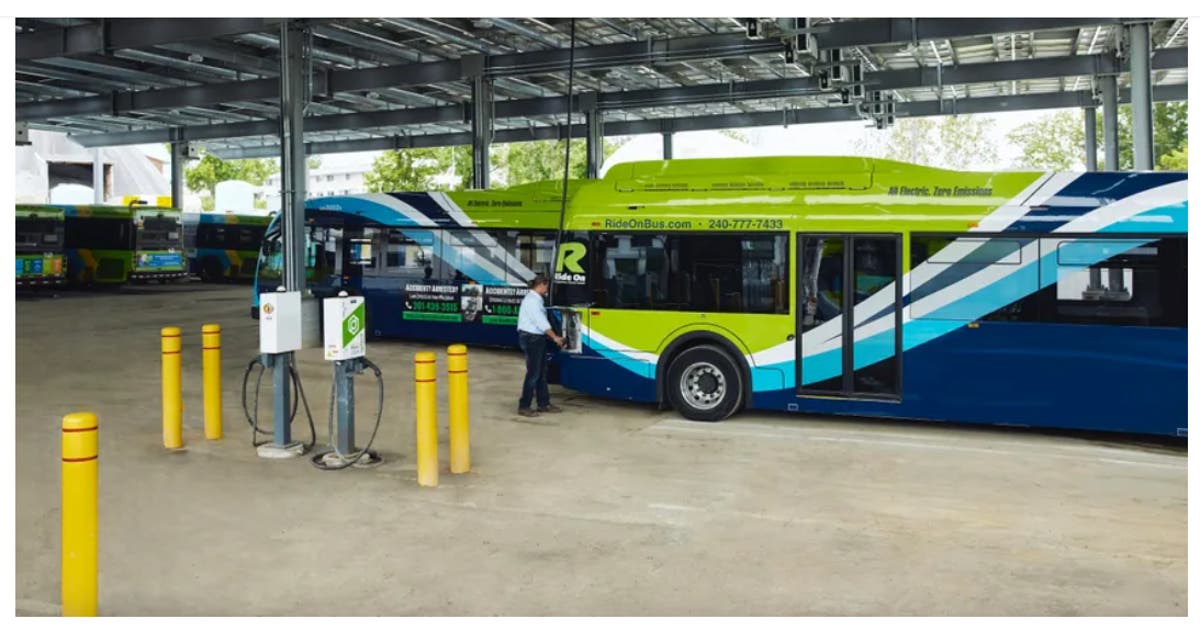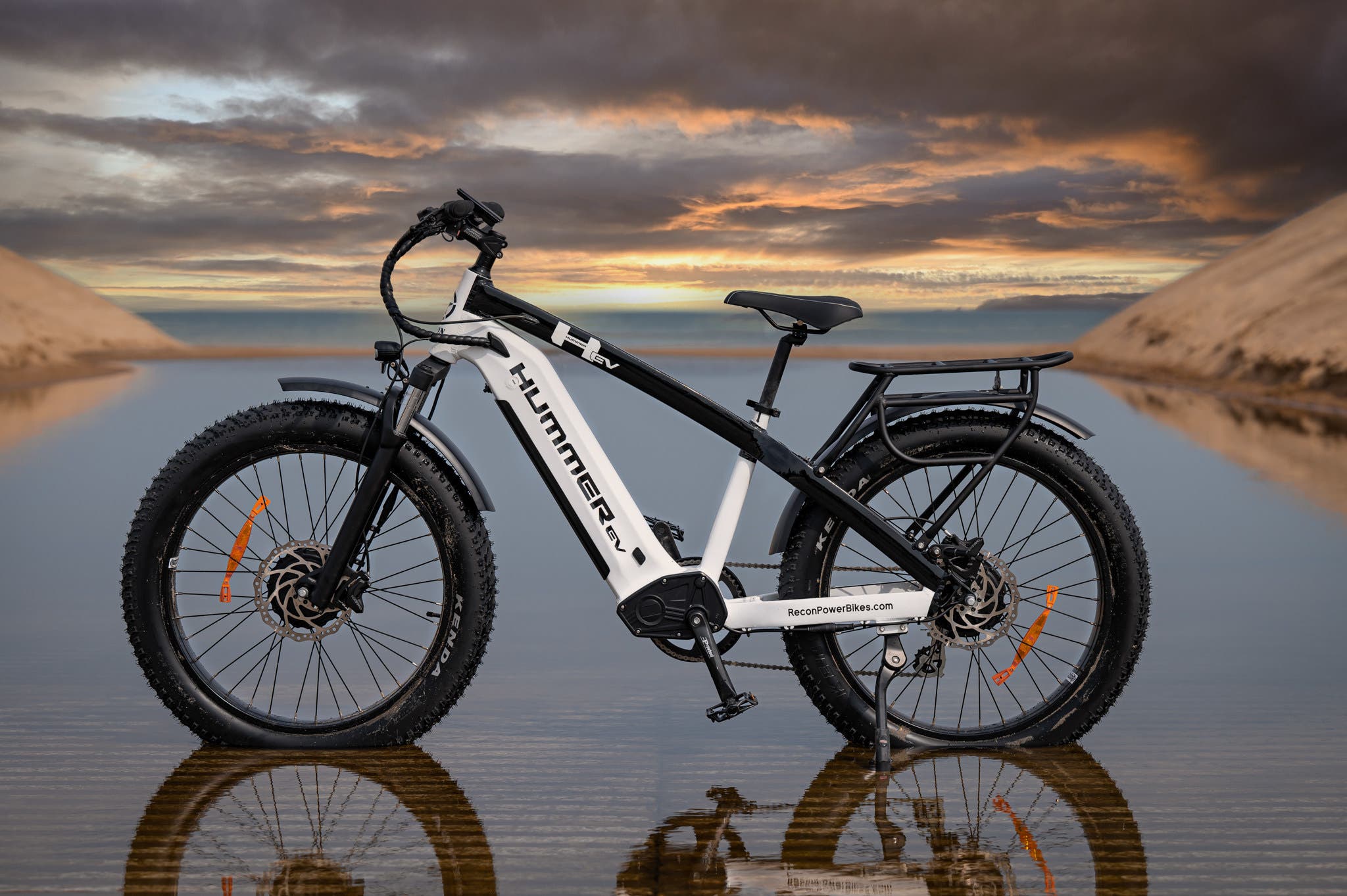Residents of the British capital once had to put up with some of the worst air quality in the western world due to traffic congestion. Due to initiatives to reduce emissions, especially from road transportation, air quality in London has improved recently. The city implemented some of the strictest regulations on the world’s most polluting vehicles.
Suddenly, Londoners find electric vehicles (EVs) to be quite appealing.
Substances in the air that are harmful to human health, animal or plant life, or both, are referred to as air pollutants. Road transportation and residential and business heating systems are the main sources of pollution in London. Human hearts and lungs can suffer damage from particle pollution.
Everyone who lives and works in London is impacted by pollution since London is the ninth-largest emitter of CO2 globally. The WHO annual air quality guideline value for PM2.5 concentration is 1.4 times , and it is currently present in London. This concentration level is average, however it is around 19% lower than it was in 2016. A small good comes along with the bad.
EVs sales are on the rise in London and the neighboring areas, largely as a result of regulations that prohibit internal combustion engines (ICEs) and encourage cleaner forms of transportation.
THE LONDON ULTRA LOW EMISSIONS ZONE: WHAT IS IT? The congestion charge in London was implemented in 2003 with the intention of lowering traffic and pollution in the city. All one needs to do is submit an application for a Cleaner Vehicle Discount on the Transport for London website in order to qualify for a 100% discount on zero emission automobiles.
2019 saw the introduction of an additional £12.50 daily fee for older, higher emission automobiles by London Mayor Sadiq Khan. The London Ultra Low Emissions Zone (ULEZ) was established in an effort to reduce the amount of older, more polluting vehicles traveling through the city in order to enhance the quality of the air that residents of central London breathe. The ULEZ tries to reduce harmful pollution such particulate matter, NO2, and CO2 emissions, among other things.
In October 2021, the control district was increased to include an area that was 18 times the size of the central London congestion charge region.
Instead of a vehicle’s age, enforcement is based on the declared emissions of that vehicle. Any car or truck that isn’t ULEZ compliant must pay a fee to access the area. charge costs £12.50 for automobiles, motorcycles, and vans, and £100 for bigger vehicles, such as lorries that weigh more than 3.5 tons and buses and coaches that weigh more than 5 tons.
More adjustments will help the 2020 goals. By 2024, drivers throughout all of London might be subject to tolls as part of measures being developed to cut carbon emissions and improve air quality. In order to further reduce pollution in the city, Mayor Khan proposes to expand London’s ultra low emission zone in 2023.
According to a research, the number of car trips there needs to be reduced by more than 25% in order to reach net zero emissions goals by 2030. According to estimates, achieving these objectives might cut the amount of CO2 emitted in outer London annually by more than 135,000 tons. The poorest Londoners, who are less likely to own a car, bear the repercussions, according to Khan, who called air pollution and the climate emergency “an issue of social justice across the globe.”
Electric vehicles are exempt from paying any fees in congestion or low emissions zones. EVERYWHERE YOU LOOK ON LONDON ROADS, IT’S EVS, EVS In fact, the congestion fee was reinforced in October 2021 with the exception of fully electrified vehicles.
Since the limitations were put in place three years ago, there have been more than four times as many battery-electric vehicles licensed and a 25% decrease in diesel vehicles. Driving with zero emissions will begin to become the sole choice starting in 2030 as the UK starts to phase out sales of new combustion vehicles.
The consequences of ULEZ continue to spread.
The largest taxi firm in the world, Uber, now makes more trips in London than any other major city. 15% of the city’s driving is done by its more than 7,000 drivers. On average, more than 260 new charging stations are introduced each month. Londoners who reside in locations where NO2 levels are higher than the WHO’s permitted limits have decreased from 2 million in 2016 to 119,000 in 2019. WHAT LONDON IS DOING TO PROMOTE EVS FOR LOWER AIR POLLUTION People who drive in London can cut hazardous vehicle emissions, save money on gasoline, and contribute to the clean-up of the city’s air by switching to a zero-emission vehicle. These qualities are highlighted by Transport for London . The associated financial advantages are also.
Vehicles with zero emissions that fit the requirements are entitled to a 100% Congestion Charge rebate. Up to £2,500 in incentives are presently available from the government for new plug-in cars, $1,500 for motorcycles, £6,000 for vans, £7,500 for taxis, and £16,000 for lorries. Learn about grants for electric vehicles. Depending on their CO2 emissions, car list price, and year of registration, zero emission vehicles either pay no vehicle tax (VED) or a reduced rate. Learn about tax advantages. For corporate customers, there are several tax incentives available. For electric vehicles, certain London municipalities offer free or discounted parking. Charging point maps through Zap-Map indicate the locations of rapid charging stations deployed throughout London that are both privately sponsored and TfL subsidized. A driver can use the maps to determine which charging stations are available, locate the closest rapid charging station, and plot out a path to get there. On a mobile device, Zap-Map is also available as an app download.
Experts from the business, energy, infrastructure, government, and London boroughs make up the Mayor’s Electric Vehicle (EV) Infrastructure Taskforce, which aims to remove obstacles to enhancing the charging network and hastening the transition to EVs in London. The London electric vehicle infrastructure delivery plan, which was released in 2019, demonstrates that there is a clear path forward toward the proper kind and quantity of charging infrastructure to meet London’s needs for fleets, businesses, and citizens.
Its projections are updated frequently as part of London’s EV infrastructure strategy.
LAST THOUGHTS The ABB FIA Formula E World Championship is on its way to London, which will host Rounds 13 and 14 of the London E-Prix at ExCeL London on July 30 and 31 in honor of Clean Air Day. There, they will meet Mayor Sadiq Khan at City Hall as well as students and locals from the Borough of Newham, where the E-Prix was hosted.
The Mayor supported Formula E in bringing carbon-neutral sports to London, working with the city to highlight the advantages of EVs and raise awareness of the negative effects of air pollution and how electric mobility can help reduce them and combat climate change.
Like the uniqueness and cleantech news coverage of CleanTechnica? Think about becoming an Patreon patron or a member, supporter, technician, or ambassador for CleanTechnica. Don’t miss a cleantech story, will ya? Subscribe to daily news updates from CleanTechnica by email. Or 1.4 times 0 Want to advertise with CleanTechnica, send us a tip, or propose a speaker for our podcast CleanTech Talk? You can reach us here.







